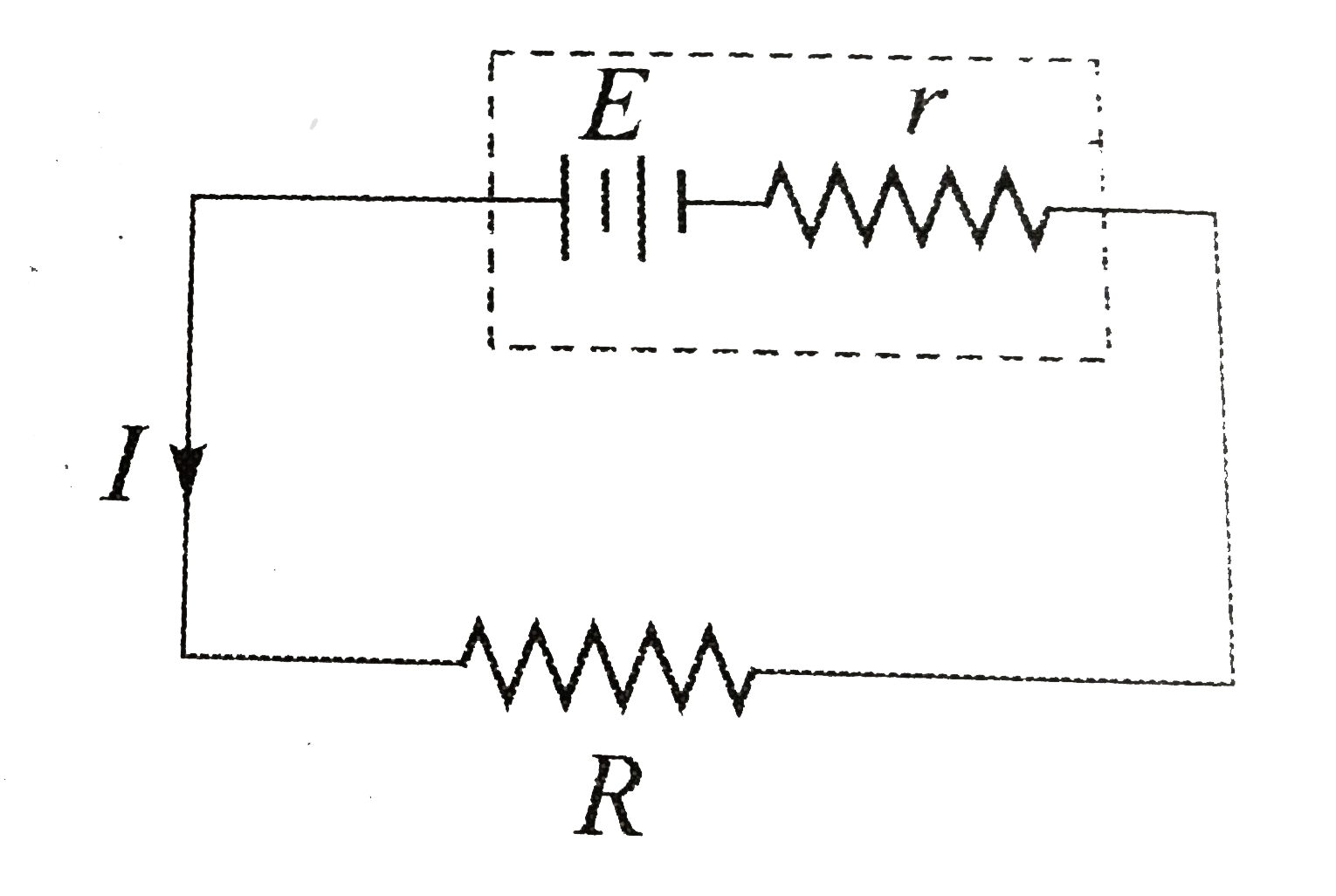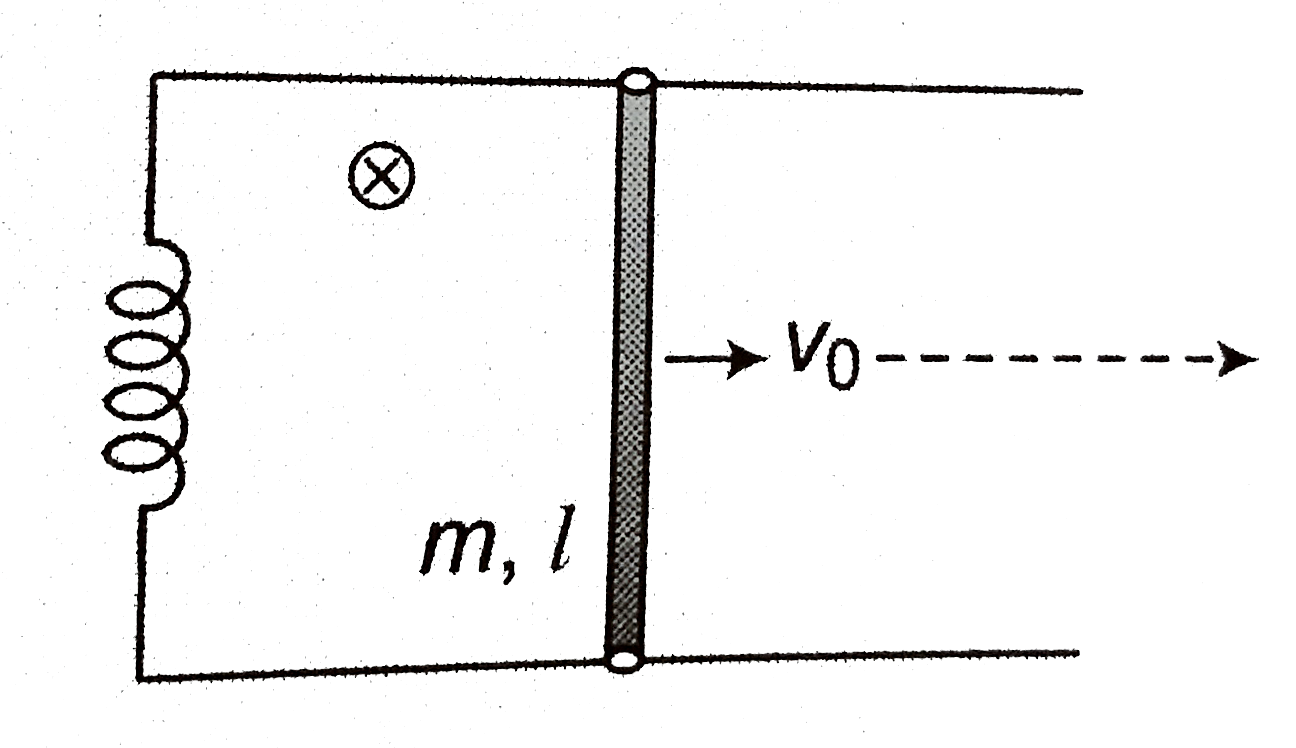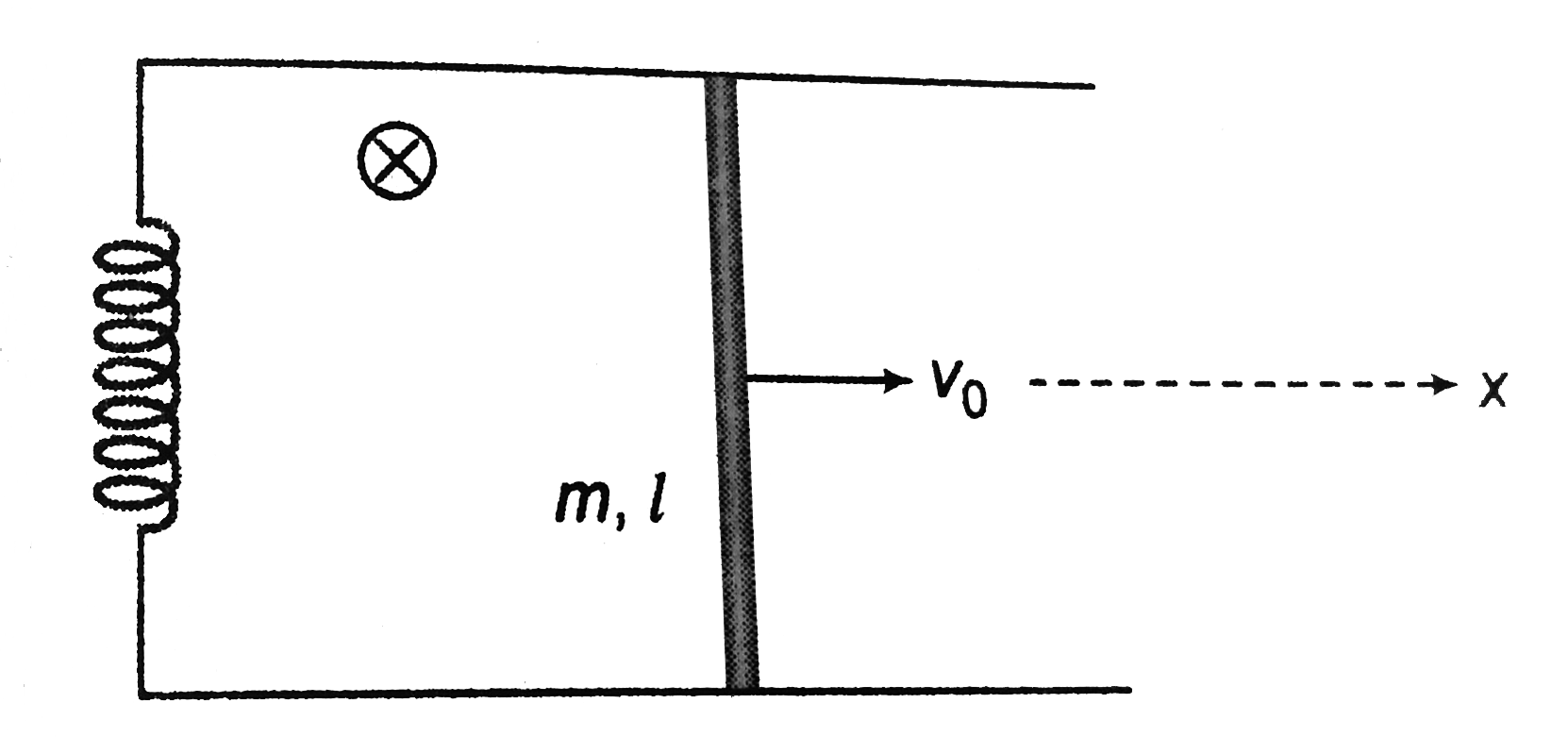If superconductors conduct electricity without any power loss in the form of heat , why can't we replace the conductors used in everyday circuit to eliminate undersirable loss of power ?
It requires expensive refrigeration using liquid helium ot achieve the critical temperature of a superconductor, at which its resistacne becomes practically zero.
so for everyday circuit and power transmission , this would cost a lot.
Topper's Solved these Questions
- BOOK - MODERN PUBLICATIONCHAPTER - CURRENT ELECTRICITYEXERCISE - TOUGH AND TRICKY PROBLEMS23videos
CURRENT ELECTRICITY
- BOOK - MODERN PUBLICATIONCHAPTER - CURRENT ELECTRICITYEXERCISE - NCERT SOLVED (NCERT Textbook Exercises)13videos
CURRENT ELECTRICITY
- BOOK - MODERN PUBLICATIONCHAPTER - CURRENT ELECTRICITYEXERCISE - PRACTICE PROBLEMS71videos
CURRENT ELECTRICITY
- BOOK - MODERN PUBLICATIONCHAPTER - ATOMS EXERCISE - Chapter Practice Test16videos
ATOMS
- BOOK - MODERN PUBLICATIONCHAPTER - DUAL NATURE OF RADIATION AND MATTER EXERCISE - CHAPTER PRACTICE TEST15videos
DUAL NATURE OF RADIATION AND MATTER
Similar Questions
A town, situated 20 km away from a power plant generating power at 440 V, requires 600 kW of electric power at 220 V. The resistance of the two-wire line carrying power is 0.4 Ω per km. The town gets power from the line through a 3000 - 220 V step down transformer at a substation in the town.
(i) Find the line power losses in the form of heat.
(ii) How much power must the plant supply, assuming there is negligible power loss due to leakage ?View SolutionA small town with a demand of 800 kW of electric power at 220 V is situated 15 km away from an electric plant generating power at 440 V. The resistance of the two wire line carrying power is 0.5 Ω per km. The town gets power from the line through a 4000 - 220 V step-down transformer at a sub-station in the town.
(a) Estimate the line power loss in the form of heat.
(b) How much power must the plant supply, assuming there is negligible power loss due to leakage ?
(c) Characterise the step-up transformer at the plant.View Solution
Knowledge Check
- Question 1 - Select One
If 2.2 kilowatt power is transmitted through a 10 ohm line at 22000 volt , the power loss in the form of heat will be
A0.1 wattB1 wattC10 wattD100 watt - Question 2 - Select One
Electric fuse is a protective device used in series with an electric circuit or an electric appliance to save it from damage due to overheating porduced by strong current in the circuit or application. Fuse wire is generally made from an alloy of lead and tin, which has hifh resistance and low melting point. It is connected in series in an electric installation. If a circuit gets accidentally short-circuited, a large current flows, then fuse wire melts away, which causes a break in the circuit. The power through fuse (F') is equal to heat energy lost per unit area per unit time (h) (neglecting heat loses from ends of the wire).
P=I2R=h×2πrl[R=ρlπr2]
where r and l are the length and radius of fuse wire, respectively.
A Battery is described by its emf (E) and internal resistance (r). Efficiency of battery (η) is defined as the ratio of the output to the input power.
η=OutputpowerInputpower×100%

But I=E/(R+r), input power = EI.
Output power =EI−I2r, then.
η=(EI−I2rEI)×10(1−IrE)×100
=1−(ER+r)(rE)×100=(RR+r)×100
We know that output power of a source is maximum when the external resistance is equal to internal resistance, i.e., R = r .
The maximum power rating of a 20.0Ω fuse wire is 2.0kW. This fuse wire can be connected safely to a DC source (negligible internal resistance) ofA300 VB190VC250 VD220 V
A small town with a demand of 800 kW of electric power at 220 V is situated 15 km away from an electric plant generating power at 440 V. The resistance of the two line wires carrying power is 0.5Ω per km. The town gets power from the lines through a 4000-220 V step down transformer at a substation in the town.
Estimate the line power loss in the form of heat.
(b) How much power must the plant supply. assuming there is negligible power loss due to leakage?
(c) Characterize the step up transformer at the plant.View SolutionA town situated 20 kW away from a power plant generating power at 440 V requires 600 KW of electric power at 200 V. The resistance of two wire lines carrying poweris 0.4Ω per km. The town gets power from the line through a 3000-220 V step down transformer at a substation in the town. Find line power losses in the form of heat. How much power must the plant supply assuming that there is negligilbe power loss due to leakage ?
View SolutionA loop is formed by two parallel conductors connected by a solenoid with inductance L and a conducting rod of mass m which can freely (without friction) slide over the conductors. The conductors are located in a horizontal plane in a uniform vertical magnet field B . the distance between the conductors is l . At the moment t=0 , the rod is imparted an initial velocity v0 directed to the right. Find the law of its motion x(t) if the electric resistance of the loop is negligible.
 View Solution
View SolutionA loop is formed by two parallel conductors connected by a selenoid with inductance L and a condutcing rod of mass which can freely (without friction) slide over the conductors. The conductors are located i a horizontal plane in as uniform vertical magnetic field B.The distance between the conductors is l.

At the moment t=0 the rod is impaert dan initial velocity v0 directed to the right. find the law of its motion d(t) if the electric resistance of the loop is negligibleView SolutionA loop (figure) is formed by two parallel conductores connected by a solenoid with inductance L and a conducting rod of mass m which can freely ( without friction) slide over the conductors. The conductors are located in a horizontal plane in a uniform vertical magnetic field with induction B. The distance between the conductors is equal to l. At the moment t=0 the rod is imparted an initial velocity υ0 directed to the right. Find the law of its motion x(t) if the electric resistance of the loop is negligible.
 View Solution
View SolutionAnswer question numbers (a)-(d) on the basis of your understanding of the following paragraph and the related studied concepts :
Oersted demonstrated that an electric current flowing through a conductor produces a magnetic field. The field so produced exerts a force on a magnet placed in the vicinity of the conductor. Ampere suggested that the magnet must also exert an equal and opposite force on the current carrying conductor. The direction of the force on the conductor depends upon the direction of current as well as the direction of magnetic field. Force acting on the conductor is found maximum when the direction of current is at right angles to the direction of the the magnetic field. In such a condition we can use a simple rule to find the direction of the force on the conductor Electric motor, electric generator, microphone, loudspeaker and measuring instruments etc. make use of current carrying conductors and magnetic fields.
An electric motor and a generator both make use of current carrying conductors and magnetic fields, then what is the difference between the two. Give any one point.View Solution

